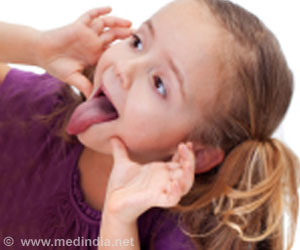
“Given the growing use of pyrethroid pesticides and the perception that they may represent a safe alternative, our findings may be of considerable public health importance,” says Dr. Tanya Froehlich, a developmental pediatrician at Cincinnati Children’s and the study’s corresponding author.
After the ban of the two most commonly used organophosphate (organic compounds containing phosphorus) pesticides from residential use in 2000-2001, the use of pyrethroid pesticides has been on the rise. Pyrethroids have often been considered a safer choice because they are not as acutely toxic as the banned organophosphates and are now the most commonly used pesticides for residential pest control and public health purposes. They also are used increasingly in agriculture.
Animal studies, suggested a heightened vulnerability to the effects of pyrethroid exposure on hyperactivity, impulsivity, and abnormalities in the dopamine system in male mice.
The data collected from the 2000-2001 National Health and Nutrition Examination Survey (NHANES) examined pesticide exposure in a random sample of the urine of children btween the ages of eight and 15. Diagnosic Interview Schedule for Children (DISC), a diagnostic instrument that assesses 34 common psychiatric diagnoses of children and adolescents was used to detect ADHD.
Urinary 3-PBA, a biomarker of exposure to pyrethroids was detectable in boys and they were three times as likely to have ADHD compared with those without detectable 3-PBA.
Advertisement
“Our study assessed pyrethroid exposure using 3-PBA concentrations in a single urine sample,” said Froehlich. “Given that pyrethroids are non-persistent and rapidly metabolized, measurements over time would provide a more accurate assessment of typical exposure and are recommended in future studies before we can say definitively whether our results have public health ramifications.”
Advertisement















